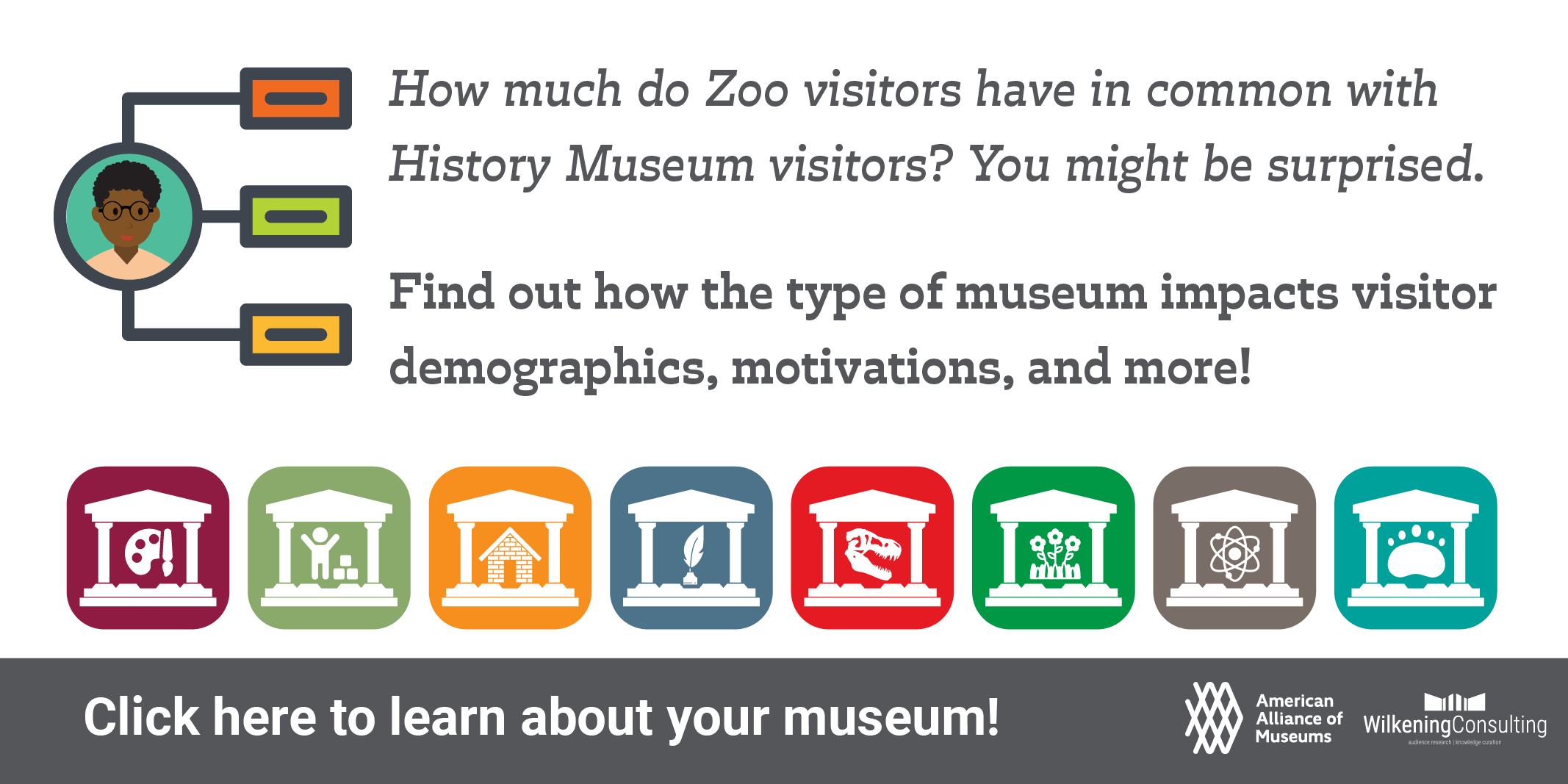
We regularly share our findings through illustrated, downloadable infographics known as Data Stories. Browse, or explore our Data Stories by topic.
Explore the needs of educators as they teach the most emotionally difficult content in schools.
Free PDF download here.
Commissioned by the Commonwealth of Virginia, this research explores patriotism, American identity, and the upcoming 250th anniversary of the signing of the Declaration of Independence. (March 2023 version)